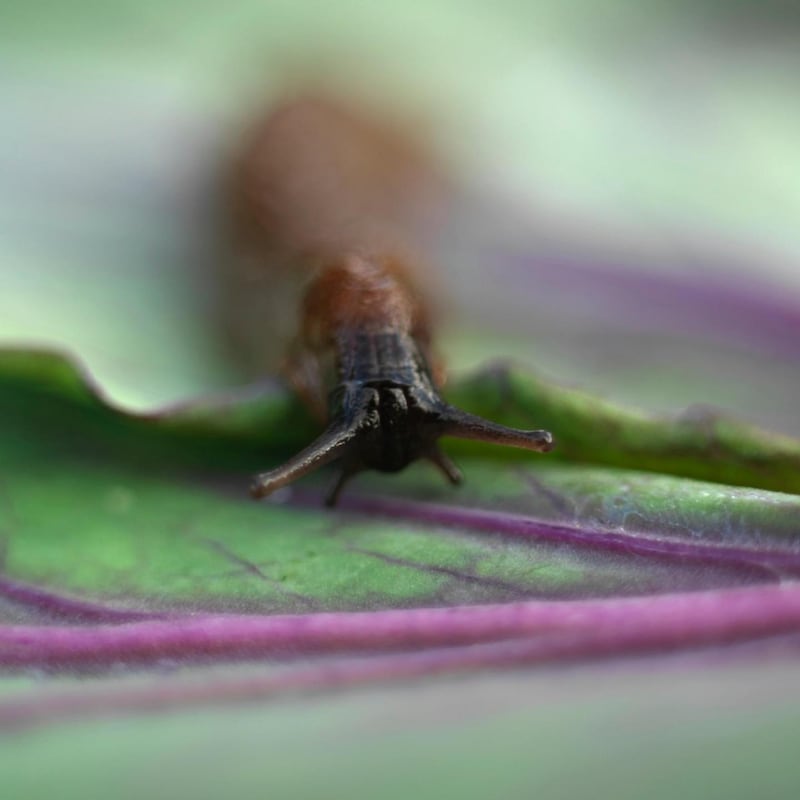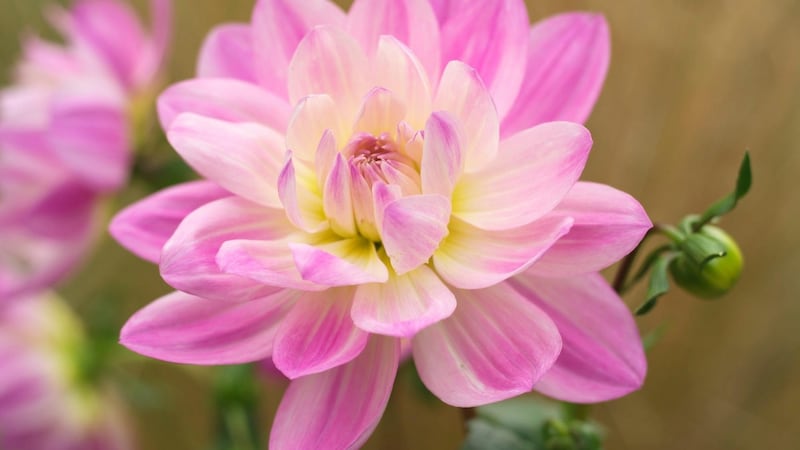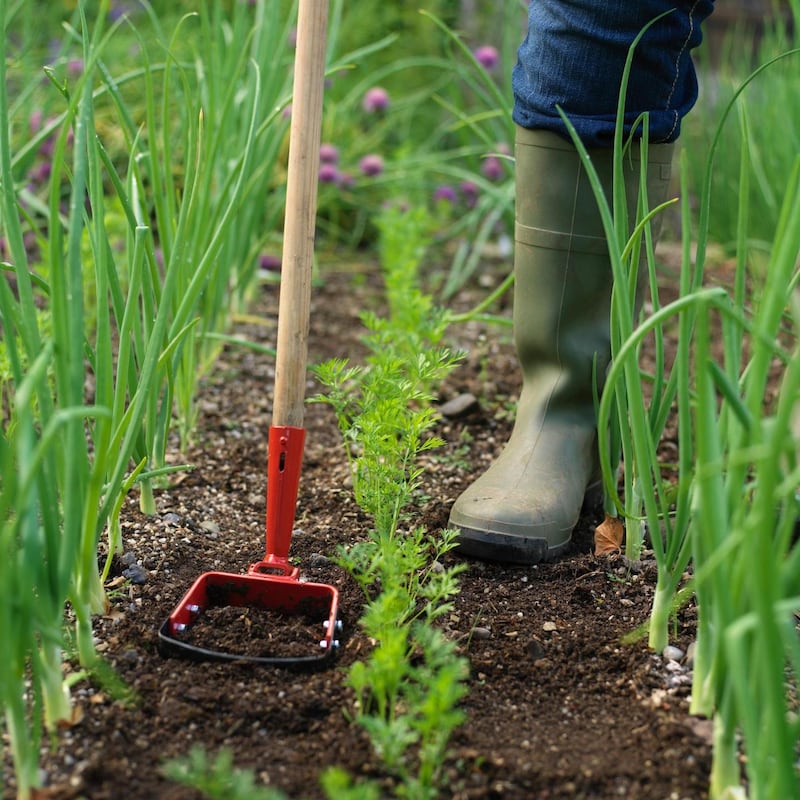We need to talk about slugs. Worse still, we need to talk about the sex life of slugs. Yes, yes, I know, as subject matters go, it’s about as alluring as halitosis or hemorrhoids but stay with me…
Early spring, you see, is the time of year when Irish slugs begin their complicated courting rituals, an unlovely and long-drawn-out mating process (foreplay, apparently, can take hours or even days) that results in lots of tiny slug eggs.
And I do mean lots – a single amorous slug is capable of laying up to 500 eggs over the course of a year with these eggs capable of remaining dormant for several years, only hatching when conditions are right. Add to this the fact that slugs are hermaphrodites (proud owners of both female and male sex organs), that they reach sexual maturity within a matter of months, have a life expectancy of up to six years, and that – get this – after enjoying their conjugal rights, they can then postpone laying eggs until environmental conditions become suitable, and you begin to wonder how on earth we have any plants at all left in our gardens.
Because I truly doubt there’s a climate more congenial to slugs than Ireland’s cool and ultra-rainy one where, free from the threat of death by dehydration (the slug’s great enemy in hotter, drier climes), they can feed and procreate with the greatest of ease. And how they feed, emerging at dusk to devour anything they deem tasty. Freshly-hatched seedlings, the tender shoots of herbaceous plants, emerging dahlias, juicy flower buds… all are welcome fodder to a hungry slug.
Pellets
So how do we prevent them? Some gardeners use the nastier kinds of slug pellets containing poisonous metaldehyde, but this pesticide has serious consequences for the environment and for garden wildlife as well as for any household pets that might inadvertently eat them.
Others use the organically acceptable kinds whose active ingredient is ferric phosphate, but even these are bad for soil health and harmful to earthworms. A few kind-hearted souls (much kinder than me) choose to tolerate their garden's slugs or even try to reason with them (Irish gardener and Chelsea gold-medal winner Mary Reynolds advocates the latter tactic in her book The Garden Awakening). All of which is fine, I suppose, if your garden isn't an especially slug-filled one and your slugs are amenable to such diplomatic negotiations. But my garden is, and my slugs definitely aren't. Which brings us back to the unlovely subject of their love life.

Last autumn, Ireland’s slugs made . . . I shall try to put this as delicately as I can. . . lots of whoopee. They then laid their eggs in suitably concealed spots in our gardens and allotments before seeking out winter accommodation for themselves. For many species, this meant hiding several inches underground, while for others it meant lurking beneath the protection of plant pots, piles of garden leaves, stones, old bags of compost and other garden-related debris. But now that it’s spring (or nearly spring), they’re on the move and in search of food as well as prospective mates. Meanwhile the countless eggs that they laid last autumn are also beginning to hatch out, producing successive waves of baby slugs with little else on their minds but the thought of finding food.
By interrupting this critical stage in their life-cycle, we gardeners can do a lot to keep slug populations down, thus reducing the worst of the damage they inflict in late spring/early summer when tender young growth is at its most vulnerable. How? The very simple answer is by practicing careful garden hygiene and giving your garden or allotment a thorough spring clean.
Dead leaves
Make a start by collecting any piles of dead leaves that have gathered in damp eddies around steps, paths and driveways as well as on flower/vegetable beds and adding these to the compost heap (keep a watchful eye out for hibernating hedgehogs). If the ground isn’t waterlogged, it’s also a good time to hoe any overwintering weeds off paths and beds as their dense foliage is a favourite refuge for all things slimy. Garden birds will also happily eat any slug eggs brought to the surface of the soil in this way.
Next, check the underneath of garden pots, window boxes, tubs and winter mulches of black plastic sheeting for slugs using them as places to hide. Wearing gloves (slugs can carry bacteria and parasites harmful to humans), use a sharp scissors to slice these in half and leave them for the birds to eat. As for slug eggs (these are tiny, round and pale grey/pearly white in colour), at this time of year you’ll find them in small clusters either on or close to the soil surface, typically concealed by dead leaves or other plant debris.

You’ll also often find them on the base of pots, or concealed within the compost of many container-grown plants. The best way to kill them is by exposing them to daylight so rub them off and let them drop onto the ground. If a pot is too large to allow you to tip out the root ball to examine it, replace the top couple of inches of old compost with a fresh layer before adding the old stuff to the compost heap where the heat will kill any eggs.
You can of course, decide to do none of the above in the spirit of “live and let live”. After all, not all species of slugs are garden pests and some play a useful role in helping to break down rotting vegetation. But the sad truth is that too many species have their eyes fixed firmly on your precious plants. . .
This week in the garden . . .

Cold weather at this time of year can damage or even kill young glasshouse/polytunnel-grown plants and seedlings so it's important to take careful precautions to protect them. Layers of horticultural fleece will do a lot to cocoon them from low nighttime temperatures (use short sticks or plant pots to prop the fleece up above the seedlings to avoid damaging them) but if in doubt, it's worth temporarily installing a thermostatically-controlled heater, which can be programmed to come on when the temperature comes close to freezing. Recommended online stockists include mrmiddleton.com
Take advantage of any cold, dry weather to weed paths and borders and prepare vegetable beds for sowing/planting later this spring. As mentioned above, hoeing at this time of year is also an excellent way to bring slug eggs to the surface where they’ll be eaten by garden birds.

Feed garden roses by sprinkling a few handfuls of granular fertilser ( look out for OSMO's slow-release Organic Rose Food, available from whitesagri.ie) onto the soil around the base of the plant followed by a top-dressing of garden compost and/or well-rotted manure. Remember to collect any fallen rose leaves or prunings and carefully dispose of them as these can help to spread disease.
Dates for your diary . . .
Tuesday, March 6th (8pm), Delgany and District Horticultural Society Spring Lecture, St Patrick's Recreation Centre,Church Road,Greystones Co.Wicklow, 'Memories of Gardening & Showing' , a lecture by Jim and Joan Gregg, all welcome.
Wednesday, March 7th (8pm), Howth Yacht Club, 'An Introduction to Cacti and other Succulents' a talk by nurseryman Michael Harrington on behalf of Howth and Sutton Horticultural Society, admission for non-members €5 , see hshs.ie
Saturday, March 10th (10am-4pm), Dalkey Garden School, Mornington, Saval Park Road, Dalkey, 'Basket Making' a practical one-day workshop with willow weavers Elaine & Ronan Russell of Newgrange Willow, €90, see dalkeygardenschool.com
Saturday March 10th (10am-3.30pm), the Irish Specialist Nurseries Association's first plant show of 2018 takes place at The Red Stables, St Annes Park, Raheny, admission free, see irishspecialistnurseriesassociation.com
April 7th (9am-5pm), Mr Middleton Spring Garden Masterclass with guest speakers Helen Dillon, TJ Maher of Patthana Garden, Mike Sokolowski of David Austin Roses and Thomas Quearney, owner/founder of Mr Middleton garden Shop, €80 includes lunch and refreshments, pre-booking essential, see mrmiddleton.com






